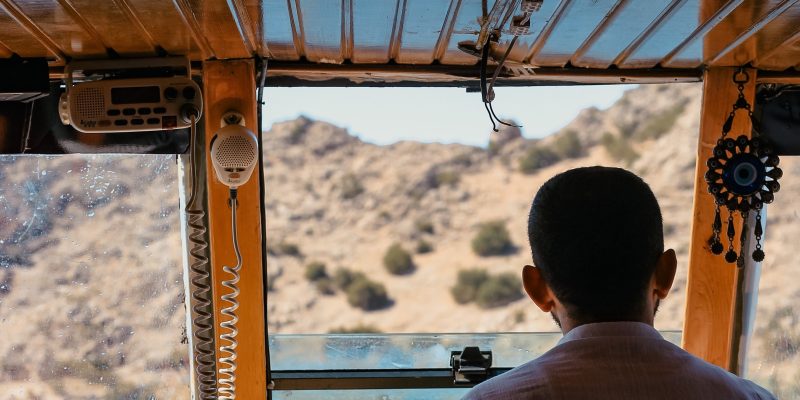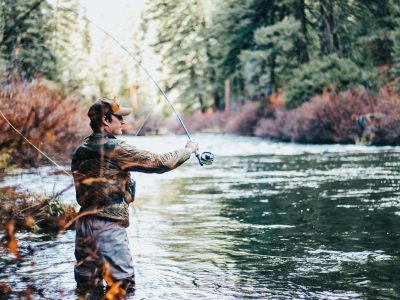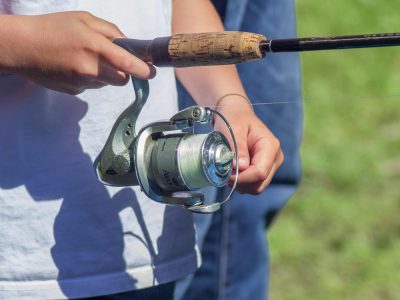When you’re out on the water, things can go from bad to worse in a hurry. That’s why it’s essential to know how to call for help in an emergency. In an emergency, every second counts. You can help ensure this by knowing how to use a VHF radio and other signaling devices.
What do you need to do if you find yourself in a boating emergency?
- First, it’s important to stay calm. Think about your options and decide on the best course of action.
- If you have a radio, the first step is to call for help. Use the international distress signal “Mayday” to let rescuers know that you’re in trouble. Give them your location and a brief description of the problem.
- If you don’t have a radio, there are other ways to call for help. You can use flares or a mirror to signal attention. Or you can just wave your arms and shout.
- Get a good VHF radio. Your cell phone cannot broadcast your location to those who can help. 911 is only for land-based emergencies. Some radios such as the ICOM M510 have a red button for digital selective calling (DSC) to transmit your vessel information and GPS location.
- Get a PLB personal locator beacon and EPIRB Beacon to transmit your location – you may be drifting in current so you are no longer where you were when the incident happened.
The most important thing is to stay calm and take action. With a little bit of preparation, you can be ready for anything.
A good VHF can save lives
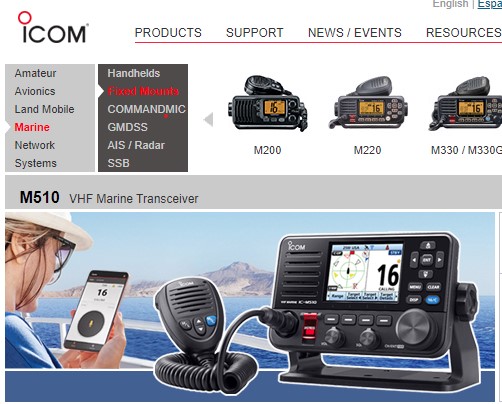
Credits: Ladies, Let’s Go Fishing
A VHF radio is the best way to call for help in an emergency, and it can also be used for routine communications like checking in with other boats or contacting the Coast Guard. Make sure you know how to use it before you head out.
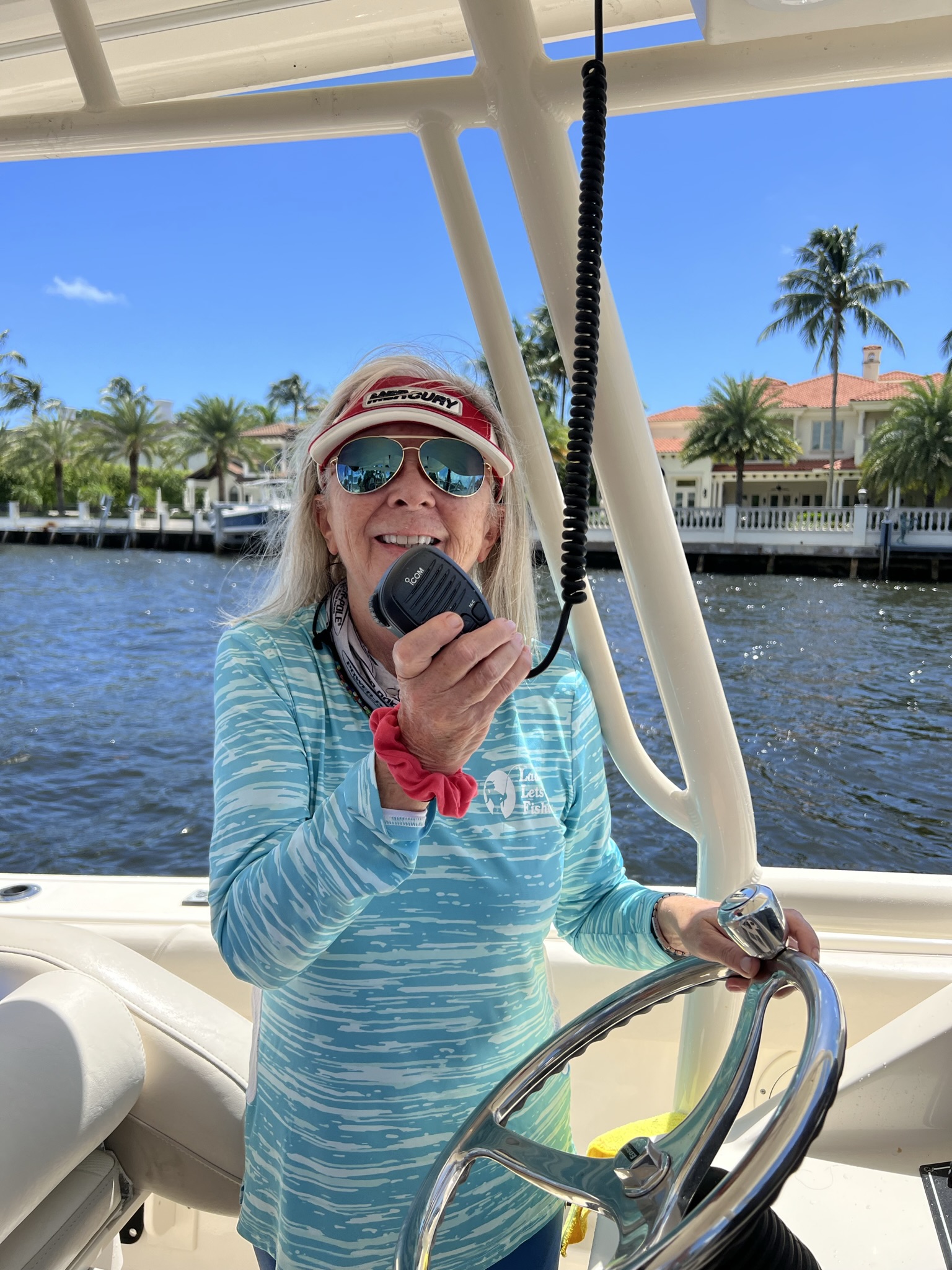
Credits: Ladies, Let’s Go Fishing
How to Make an Emergency MAYDAY Call
[stu alias=”fishverify_blog”]
A good VHF can save your life! If a boat or person is at serious and imminent risk of death, make a Mayday call. A “Pan-Pan” or “Sécurité” may be used for minor issues.
- Make sure your VHF radio is on and the high power setting is selected
- Select Channel 16 (or 2182kHz for MF)
- Press the transmit button and say slowly and clearly:
“MAYDAY, MAYDAY, MAYDAY. THIS IS… ” (say the name of your vessel 3 times then your MMSI number and call sign) “MY POSITION IS…” (latitude and longitude, true bearing, and distance from a known point, or general direction) “I AM…” (say nature of distress e.g. SINKING, ON FIRE). “I REQUIRE IMMEDIATE ASSISTANCE. I HAVE…” (say the number of persons on board PLUS any other useful information – such as sinking, flares fired, abandoning to life raft). OVER.”
- Now release transmit button and listen for a reply
- Keep listening to Channel 16 for instructions
- If you don’t hear anything then repeat the distress call
It should only be used in a real emergency situation when you have exhausted all other options and there is no other way to get help. When calling for help, give your location and a brief description of the problem so rescuers can come to your aid as quickly as possible.
When using a hand-held VHF for emergencies – be aware of their limited range:
– At sea, the range is approximately 20 miles (32 km)
– In harbors and coastal areas, the range is approximately five miles (8 km)
– In inland waterways, the range is approximately one to three miles (2-5 km)
Remember, a VHF radio is only effective if there are other boats or people nearby who can hear your call for help. If you’re in a remote area, you may need to use another method to call for help.
If you’re in an emergency situation and there are no boats or people nearby, you can use flares or a signal mirror to get attention.
- Flares: Red handheld or parachute flares are used to signal distress during the day, while white handheld or rocket flares are used at night. Once you’ve lit the flare, hold it above your head and wave it back and forth so it’s visible from as far away as possible.
- Signal mirror: A signal mirror can be used to reflect sunlight and attract attention from a distance. To use a signal mirror, hold it in front of your face and aim the shiny surface at the rescuer. Move the mirror until you see a flash of light, then hold the position and wave your hand in front of the mirror to signal that you’ve seen the rescuer.
If you’re in a life-threatening situation and there’s no way to call for help, your last resort is to abandon ship. Make sure you have a plan in place so everyone on board knows what to do in this situation. And always remember – when in doubt, call for help. It’s better to be safe than sorry.
Have you ever used a VHF radio or other signaling device in an emergency situation? Let us know in the comments below. Until next time, have safe boating!
[/stu]
